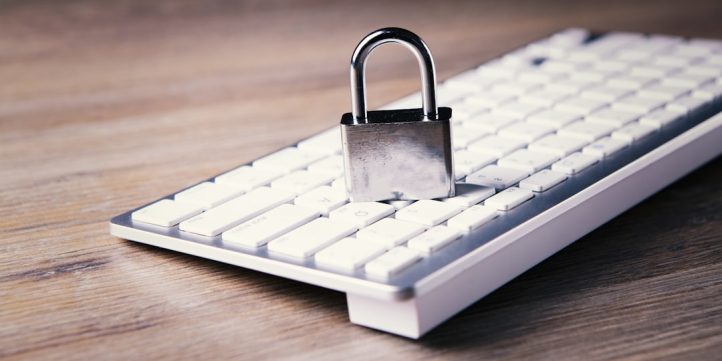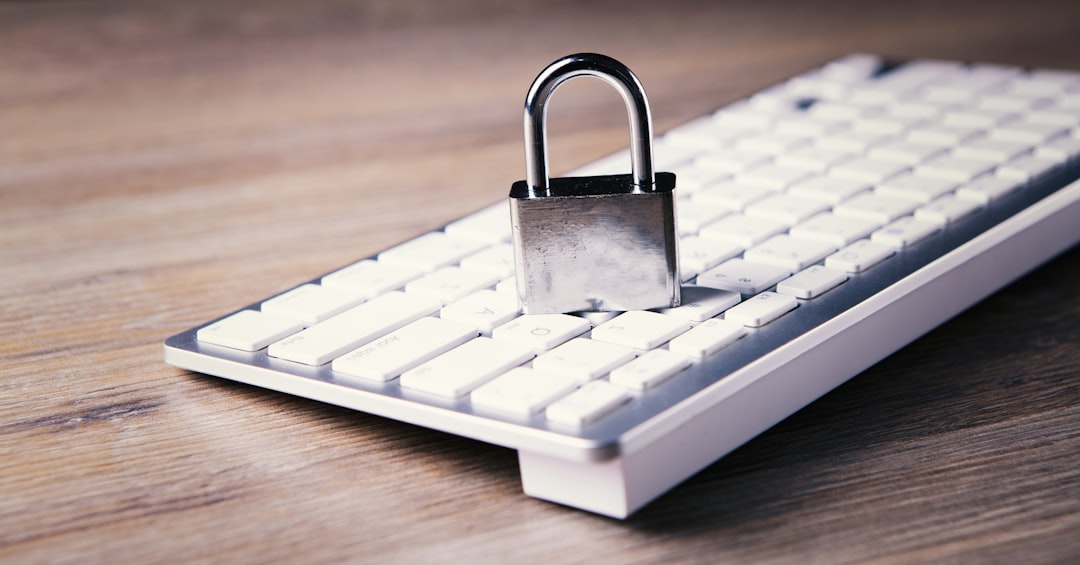
Securing corporate email systems is one of the most critical responsibilities of any IT department. Email remains one of the most frequently targeted vectors for cyberattacks, phishing, malware distribution, and data breaches. A comprehensive security approach ensures both the integrity of your communications and the protection of sensitive company data. The following checklist provides actionable steps and best practices to harden your organization’s email environment against evolving cyber threats.
1. Implement Strong Email Authentication Protocols
Authentication protocols reduce the risk of forged emails and phishing attempts. To effectively authenticate corporate emails, enable the following major protocols:
- SPF (Sender Policy Framework): Specifies the mail servers authorized to send email on behalf of your domain.
- DKIM (DomainKeys Identified Mail): Uses encryption to sign outgoing messages, validating that they haven’t been altered in transit.
- DMARC (Domain-based Message Authentication, Reporting & Conformance): Directs mail servers on how to handle unauthorized messages while enabling reporting of such instances.
Properly configuring and maintaining these protocols ensures your company’s domain is less likely to be spoofed by attackers.
2. Enforce Multi-Factor Authentication (MFA)
Passwords can be compromised. Enforcing multi-factor authentication (MFA) on all email accounts—especially admin-level accounts—adds an essential layer of protection. Use authentication apps rather than SMS when possible, as they are less susceptible to interception.
3. Disable Legacy Email Protocols
Legacy email protocols such as POP3 and IMAP can bypass MFA and often do not encrypt message data properly. Disable these unless there’s a specific and justified use-case scenario. Favor modern, more secure access methods like Exchange ActiveSync or Microsoft’s MAPI over HTTP.
4. Implement Advanced Threat Protection (ATP)
Modern corporate email systems should employ advanced threat protection solutions that include:
- Attachment scanning: Analyzes and quarantines potentially malicious files.
- Safe Links: Scans URLs in real-time as users click them to detect phishing attempts.
- AI-based anomaly detection: Identifies suspicious behaviors based on historical usage patterns.

5. Train Employees in Email Security Awareness
A surprisingly large number of security breaches stem from well-intentioned but uninformed employees. Regular training sessions should cover:
- Recognizing phishing attempts
- Verifying sender authenticity
- Handling suspicious attachments
- Understanding credential phishing tactics
Consider including periodic phishing simulations to test and reinforce knowledge.
6. Apply Email Encryption
All sensitive communications should be encrypted—both in transit and at rest. TLS (Transport Layer Security) ensures that emails are encrypted while being transmitted between mail servers. For highly sensitive information, implement end-to-end email encryption using technologies such as PGP or S/MIME.
7. Establish Data Loss Prevention (DLP) Policies
Data Loss Prevention tools help prevent the accidental or malicious sharing of sensitive files or data. Configure policies to trigger alerts or automatic blocking when emails contain confidential information such as:
- Credit card numbers
- Social Security numbers
- Trade secrets
- Internal-only documents
Integrating DLP policies into your email system prevents costly data leaks and compliance violations.
8. Limit Admin Privileges
Only grant administrator access to necessary personnel, and always apply the principle of least privilege. Admin accounts should be protected with stringent security controls and used only for critical tasks. Monitor these accounts rigorously for unusual behavior.
9. Utilize Centralized Logging and Monitoring
Maintain logs of all email activity—including sent and received messages, login attempts, filter bypasses, and retention policies. Use SIEM (Security Information and Event Management) solutions to monitor logs in real-time for threat detection and response.

10. Perform Routine Audits and Assessments
Periodically review your email configuration, security settings, and access controls. Conduct penetration tests or red team simulations to find vulnerabilities that automated tools might miss.
Assessment areas should include:
- Authentication protocol health (SPF, DKIM, DMARC)
- Login and access control integrity
- Backup and restoration workflows
- Compliance with GDPR, HIPAA, or other relevant standards
11. Establish Secure Email Gateways
Email gateways act as a strong first line of defense by filtering out spam, malware, and phishing content before it ever reaches the user’s inbox. Choose a solution with support for:
- Heuristic content analysis
- Sandbox testing of attachments
- URL rewriting and checking
- Pattern-based detection
Reputable options include Proofpoint, Mimecast, and Microsoft Defender for Office 365.
12. Archive and Backup Email Data
Data availability is equally important. Ensure that comprehensive archiving and automatic backups are implemented. These processes:
- Enable fast recovery from accidental deletion or ransomware attacks
- Support compliance with legal and regulatory demands
- Allow for easy historical data retrieval
Email archives should be tamper-proof and stored in geographically redundant locations when possible.
13. Monitor External Access
It’s crucial to closely monitor any external or third-party access to your email infrastructure. Review vendor integrations and API permissions regularly. Log access and be on alert for potential data exfiltration attempts originating from third-party applications.
14. Regularly Update and Patch Email Platforms
Outdated software often contains known vulnerabilities that attackers can exploit. Make sure your email servers, gateways, and related infrastructure receive timely updates and security patches.
Apply updates during maintenance windows with rollback strategies in place, and subscribe to vendor security bulletins to stay informed.
15. Define an Incident Response Plan
Despite best efforts, no system is invulnerable. Develop and document a thorough incident response plan specific to email-related attacks. This plan should include:
- Contact information of key stakeholders
- Steps for email account shutdown or lockout
- Protocols for notifying affected users or customers
- Required reporting to regulatory bodies, if applicable
- Guidelines for evidence gathering and forensic analysis
Conclusion
Corporate email systems are foundational to modern business operations, but they also pose a significant attack surface if not properly secured. From enforcing best-practice authentication methods to deploying robust threat detection and employee training protocols, every layer contributes to a stronger security posture.
By following this comprehensive checklist, organizations can systematically fortify their email systems and reduce exposure to increasingly sophisticated cyber threats. Remember, email security is not a one-time project—it’s an ongoing commitment that evolves along with the threat landscape.
